Photo essay: Senate committee meets with northern Canadians in the Arctic

For eight days, members of the Special Senate Committee on the Arctic travelled north on an eye-opening fact-finding mission to hear from northern Canadians about the challenges and opportunities in their communities.
Their goal was to have informal, face-to-face meetings with Indigenous community leaders, government representatives, youth, tourism officials and entrepreneurs to learn about their priorities and concerns and to experience life in the Arctic.
The whirlwind journey began on September 5, 2018, in Kuujjuaq, Que., and ended in the west in Whitehorse, Yukon.
The fact-finding mission will inform the committee’s final report, which will include recommendations for the federal government as it develops a long-term vision for the Arctic.
Here is a glimpse of what senators saw and some of the issues they discussed.









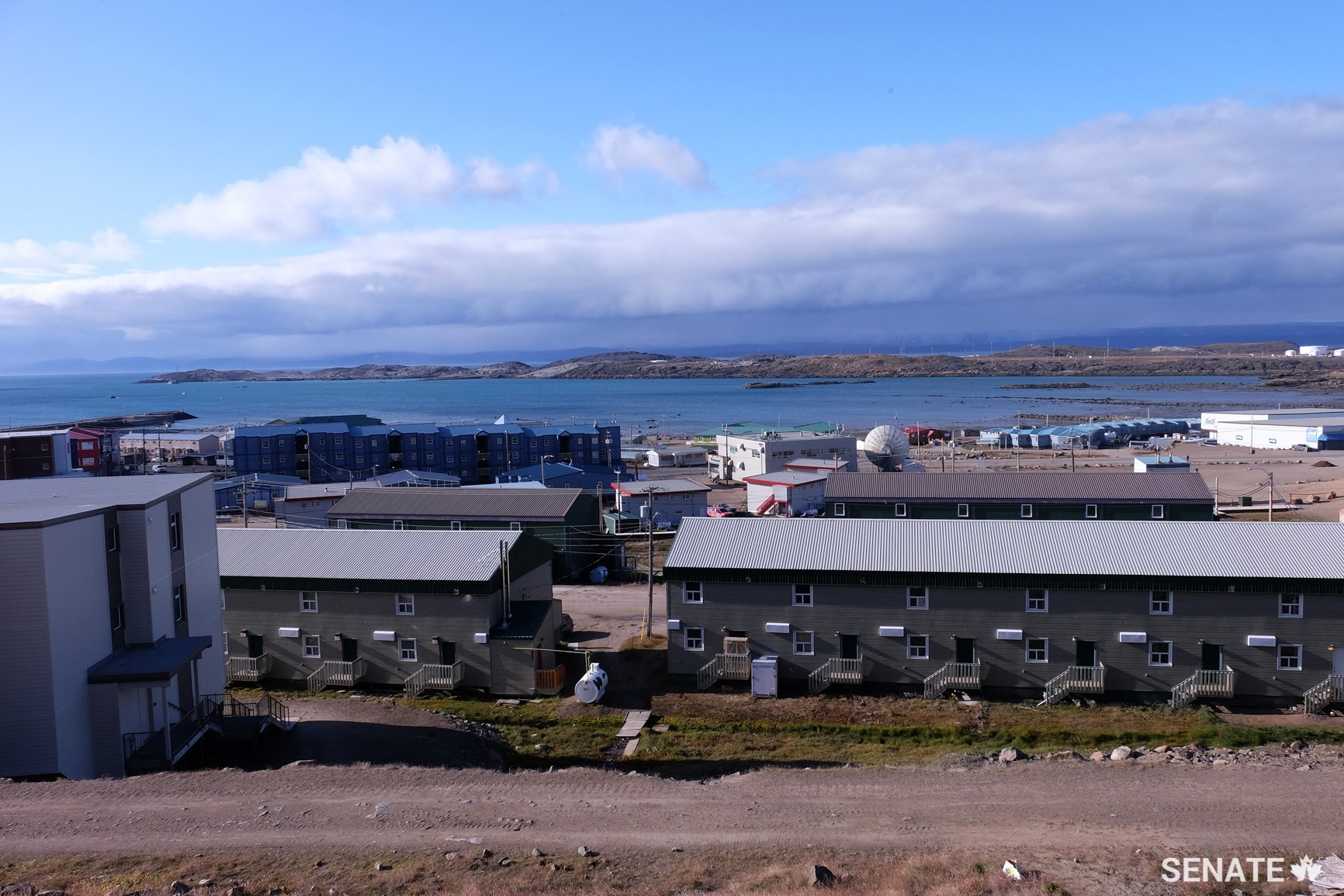
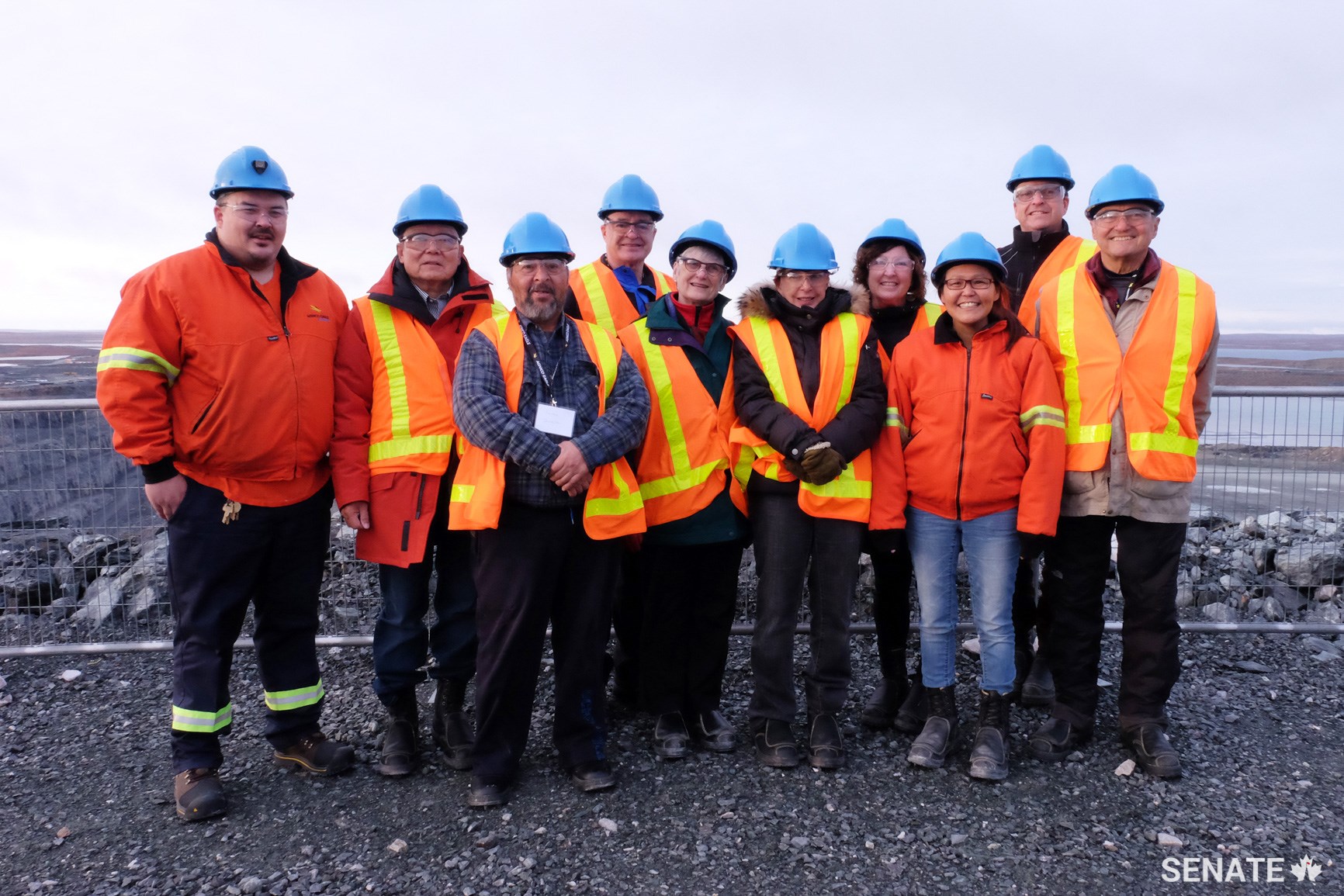
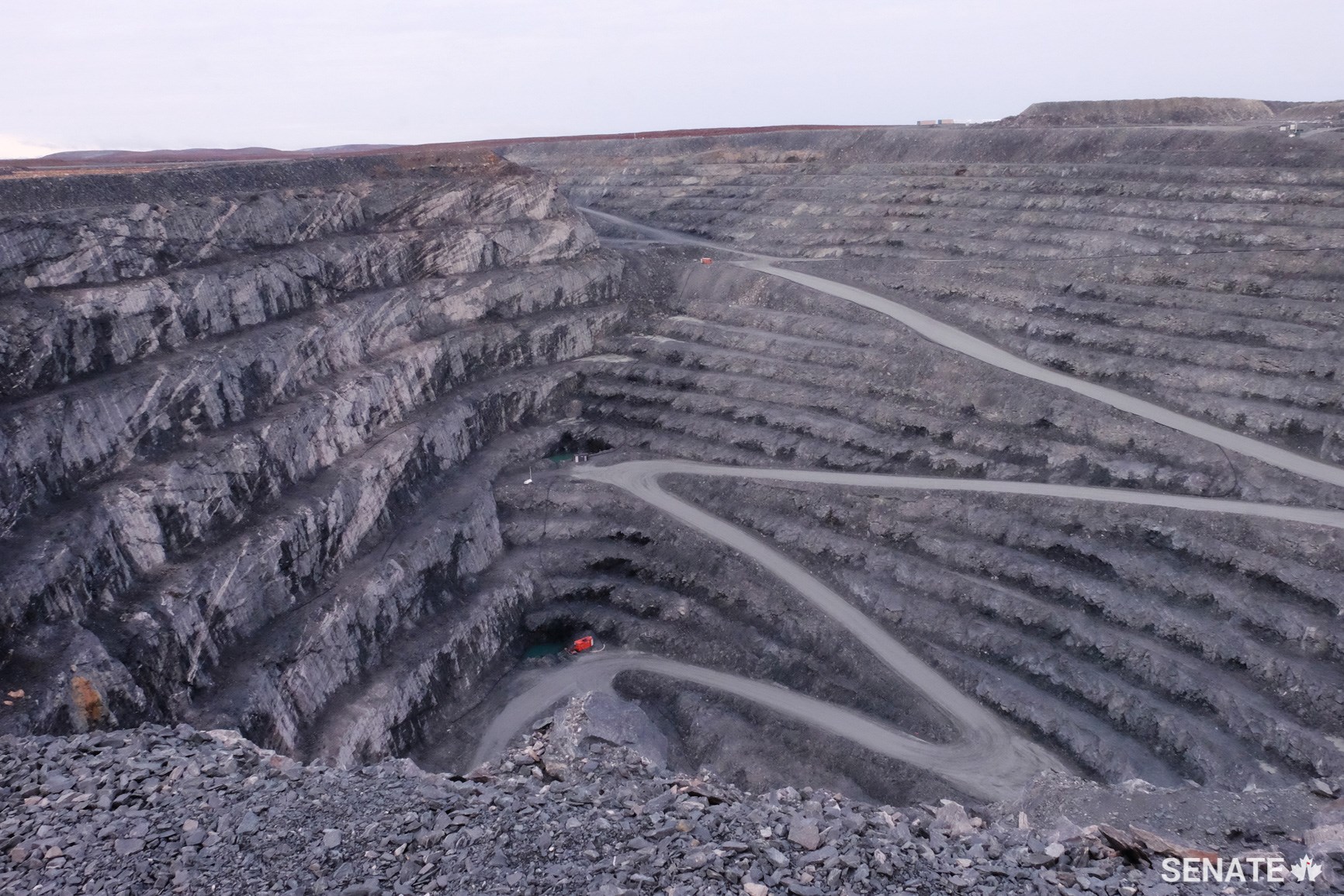




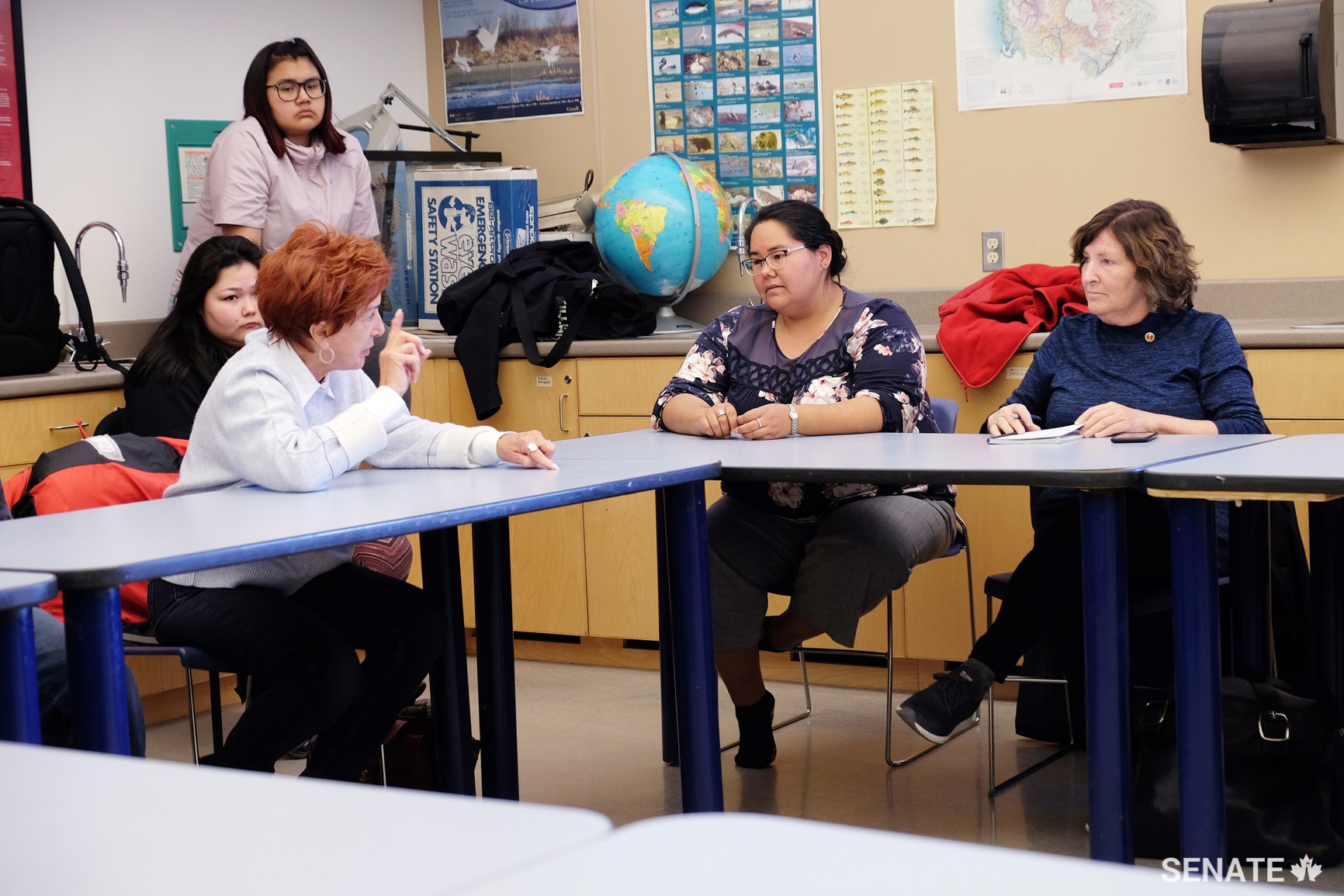

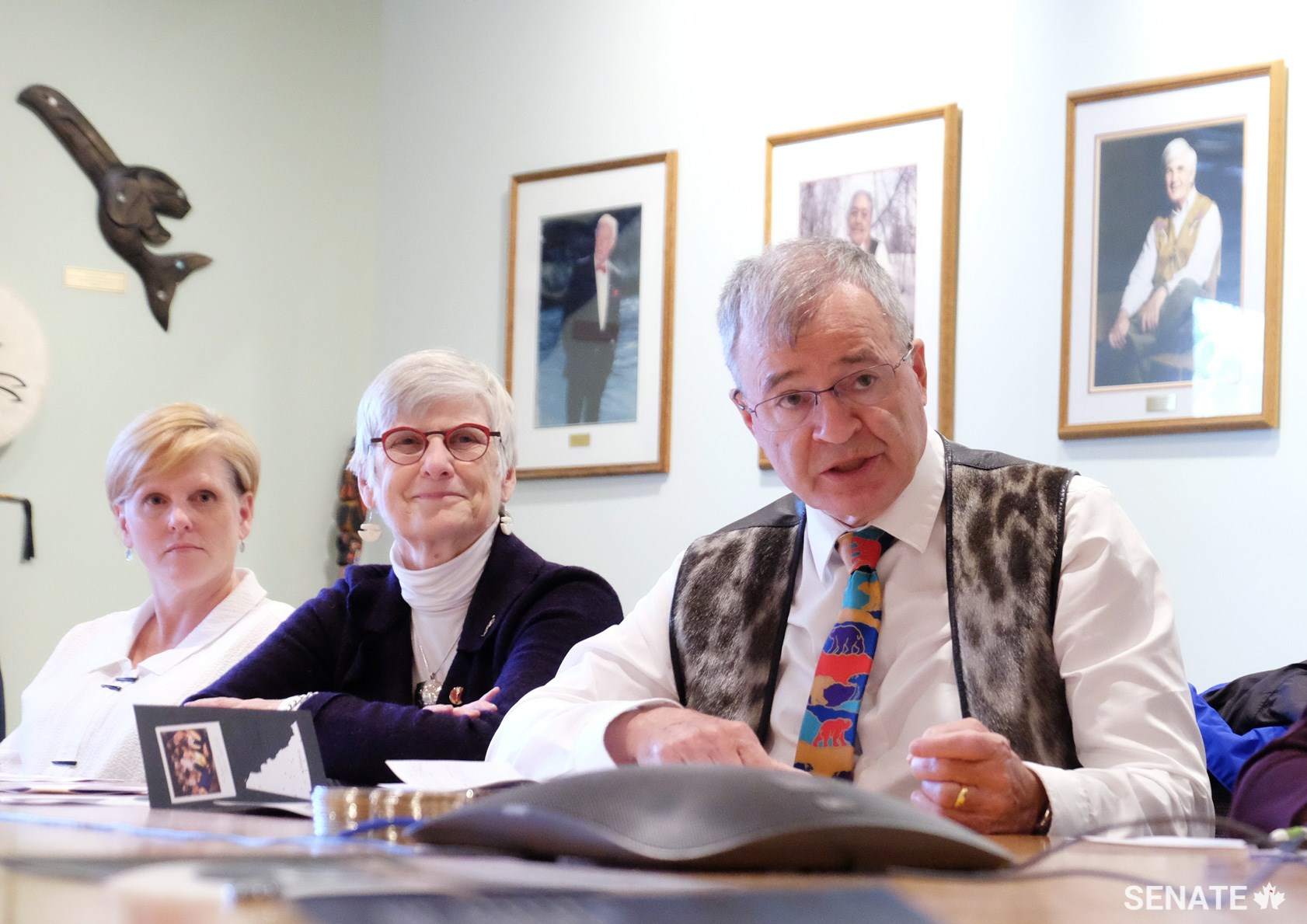
Related articles
Tags
Committee news
Photo essay: Senate committee meets with northern Canadians in the Arctic

For eight days, members of the Special Senate Committee on the Arctic travelled north on an eye-opening fact-finding mission to hear from northern Canadians about the challenges and opportunities in their communities.
Their goal was to have informal, face-to-face meetings with Indigenous community leaders, government representatives, youth, tourism officials and entrepreneurs to learn about their priorities and concerns and to experience life in the Arctic.
The whirlwind journey began on September 5, 2018, in Kuujjuaq, Que., and ended in the west in Whitehorse, Yukon.
The fact-finding mission will inform the committee’s final report, which will include recommendations for the federal government as it develops a long-term vision for the Arctic.
Here is a glimpse of what senators saw and some of the issues they discussed.





















